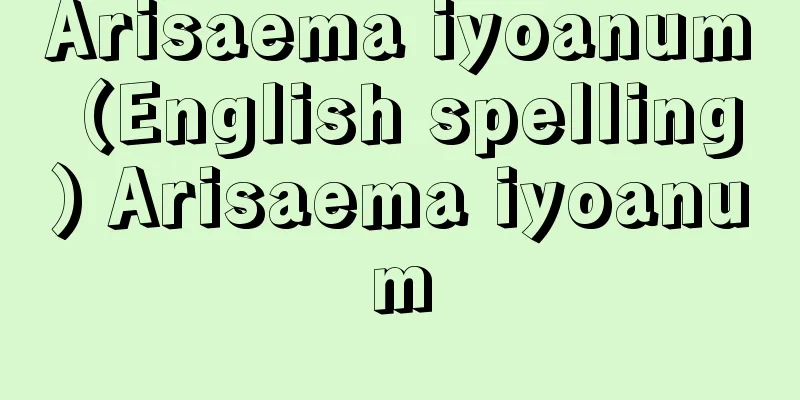Gravestone - Star

|
Unlike tombstones, which are erected in front of a grave, epitaphs are stones, bricks, or metal that are inscribed with the deceased's name, career, and year of death and placed in the tomb. In China, tombstones, seals, and burial bricks appeared during the Later Han period, and since the Wei and Jin dynasties, tombstones were often banned, so epitaphs placed inside the tomb became common. In the middle of the Northern Wei period, texts began to be carved into square stones, and by the end of the Northern Wei period, a system had been perfected in which a lid was attached, a title was written on the cover stone, and the name and career were written on the inscription stone, with a rhyming inscription at the end. Examples also appeared of intricate designs on the lid, and this system continued through the Sui and Tang dynasties to the Liao, Song, and Yuan dynasties. Eighteen examples of ancient Japanese grave epitaphs are known to have been excavated between the late 7th century and the end of the 8th century. Although they originated in China, they are distinctive in both content and form, and changes have been observed over time. To summarize, from the late 7th century to the early 8th century, there were many examples of inscriptions written directly on the front and back of rectangular plate-shaped grave epitaphs or on copper ossuaries, but eventually plate-shaped epitaphs became the majority, with inscriptions written only on one side, and in the late 8th century, examples with lids also appeared. The aspect ratio also gradually became wider, and examples with arabesque patterns and other decorations around the edges began to appear. All of these new trends are understood to be the influence of Chinese grave epitaphs. With the adoption of cremation, ancient grave epitaphs became popular mainly among government officials, and there are also examples of monks and women. Some of them have long inscriptions in Chinese style, but the majority are simple examples that only include the family name, official rank, and year of death, and it has been pointed out that they served as a substitute for gravestones as stipulated in the "Mourning Orders". After the Heian period, the practice of engravings went into decline, but in the Middle Ages it was revived as an inscribed ossuary for monks, and in the early modern period it flourished again, mainly among samurai and the wealthy. [Kiyoshi Owaki] [Reference] |Source: Shogakukan Encyclopedia Nipponica About Encyclopedia Nipponica Information | Legend |
|
墓前に立てる墓碑に対して、石・塼(せん)・金属に故人の姓名・経歴・没年などを記して墓に納めたものを墓誌とよぶ。中国では後漢(ごかん)代に墓記・封記・葬塼などが登場し、魏(ぎ)・晋(しん)以後は墓碑がたびたび禁じられたため、墓中に納める墓誌が一般化した。北魏中葉には方形の石に文を刻むようになり、北魏末には蓋(ふた)を伴い、蓋石に題字を、誌石に姓名・経歴を記し、末尾に韻を踏む銘を付す形制が完成する。また蓋には精緻(せいち)な文様を施す例も現れ、この形制は隋(ずい)・唐を経て遼(りょう)・宋(そう)・元にも及ぶ。 日本古代の墓誌は7世紀後半から8世紀末にかけての18例の出土が知られている。その起源は中国にあるものの、内容・形制ともに特色があり、また時代による変化も認められる。その要点を記すと、7世紀末から8世紀初頭にかけては長方形板状の墓誌の表裏や、銅製骨蔵器に直接銘を記す例が多いが、やがて板状墓誌が多数を占め、銘文も片面にのみ記し、8世紀後半には蓋を伴う例も登場する。またその縦横の比率もしだいに横幅が広くなり、周囲に唐草(からくさ)文などの装飾を施す例も出てくる。このような新しい傾向はいずれも中国墓誌の影響と理解される。古代の墓誌は火葬の採用とともに官人層を中心に普及して、僧侶(そうりょ)・女性の例もある。文章は長文で中国風の銘を有するものもあるが、大半は姓名・官位・卒年のみを記す簡単な例が多く、『喪葬令(もそうりょう)』に定める墓碑の代用としての性格も指摘されている。平安時代以降は、いったん衰退するが、中世には僧侶の在銘骨蔵器として復活し、近世には武家や富豪階層を中心に三たび盛行する。 [大脇 潔] [参照項目] |出典 小学館 日本大百科全書(ニッポニカ)日本大百科全書(ニッポニカ)について 情報 | 凡例 |
<<: Mother and Child Care Association - Boshiaiikukai
>>: Star - Hoshi (English spelling)
Recommend
Antifebrile
...Acetanilide is less susceptible to oxidation t...
Keiji Goto
Year of death: February 3, 1919 Year of birth: Oct...
Oguzname - Oguzname
…A legend, tale, or heroic epic poem passed down ...
Cartridge (record) - Cartridge
...The phonograph was the entire playback device,...
receptacle
… [Flowers of angiosperms] In the narrowest sense...
Sozialdemokratische Arbeiterpartei (English notation) Sozialdemokratische Arbeiterpartei
…But even here the tendency for workers to become...
Sea of Marmara - Marmara Denizi
A small inland sea between the Bosphorus and the D...
Ise New Places of Interest Poetry Contest Picture Scroll - Ise New Places of Interest Poetry Contest Picture Scroll
This illustrated scroll is a collection of illust...
Tricyrtis affinis (English name) Tricyrtis affinis
…[Hiroshi Takahashi]. … *Some of the terminology ...
Ajiina - Delicious
A legendary figure. A poem that was sent to the fa...
Phrenic nerve
A branch of the cervical plexus that controls the ...
STS (Space)
…Spacelab is a nickname that is an abbreviation o...
Katayama disease
〘Noun〙 (named after the area where it was most pre...
Mitsuo Ikeda
...The All Japan Championships (freestyle only) b...
Soap Bubbles - Soap Bubbles
When a thin tube made of wheat straw, bamboo, or ...









